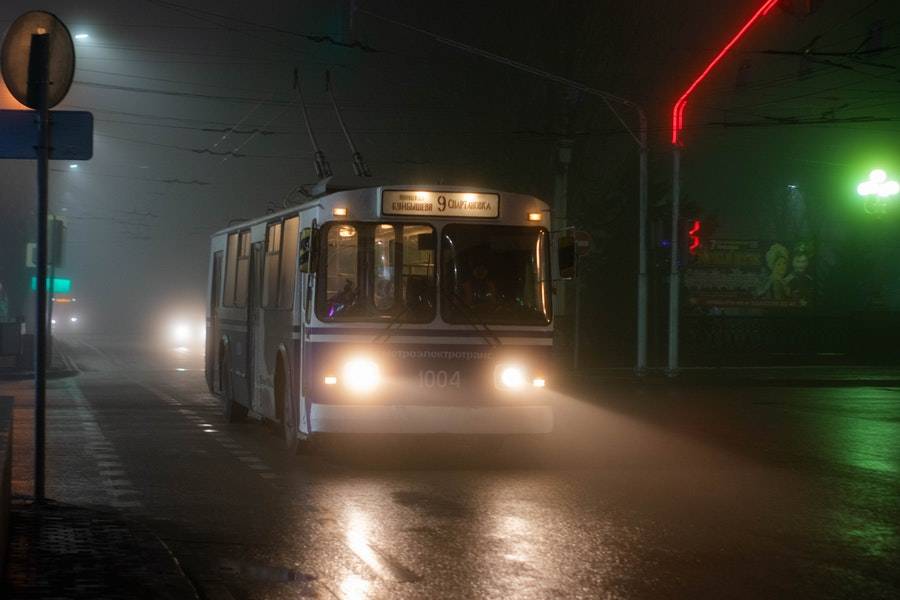How to Ride a Bus in India
In the six years of traveling to India my travels have been completed by planes, trains, and automobiles, never a bus. I’ve wanted to ride a bus, had opportunities to ride a bus, yet somehow never broke the barrier of potential embarrassment that I associated with a foreigner riding an Indian bus. That all change one afternoon when I asked an Indian friend to accompany me on my first ever bus ride in India.
Ride a Bus in India
- Flag down the bus you want to ride
Most likely you’ll be starting from a bus station. Packed with other travelers and attendants who speak English, ask for assistance finding the proper bus for your journey. If you’re already traveling on the road or transferring between buses, knowing which bus to take could be confusing. Very few local or Government buses have destination ID cards posted in English. Know a few cities or towns along the route to your final destination. Bus drivers and attendants will know enough English to nod yes or no by calling out these locales. It’s also possible someone on the previous bus may be looking for the same transfer bus, and as an added bonus, speak English. Make a new friend and fast!
Once the desired bus comes along, extend your right hand, palm down to the ground. With just a flick of your hand, wave it up and down a few times. This indicates to the bus driver you want a ride. It is also the gesture for hitchhiking in India. Either way, it will get you wheels under your feet.
A long whistle blast from the bus attendant signals the driver to go. Once all passengers are on board, but before the back door clicks shut, the bus rockets off toward the next stop.
- Bus Fare
Enter the bus from the rear door if possible. Bus fare is typically collected in this area however the bus attendant will find new passengers in short order. Change can be made for larger bills but this is a prime time to be carrying small bills and coins. Fares vary based on origination, destination, and type of bus service. The local bus I rode, which took me 6 km from the village to town, cost just Rs 7 or roughly USD 17¢.
- Grab a seat or hold on!
Most likely all the seats will be taken. Grab onto any number of metal bars attached to the roof or hand straps hanging from these bars. Be prepared to be cramped at times. If a seat becomes open, gauge the distance to your desired stop. The amount of time and effort it takes to get out of the window position to the door can be a deterrent. Crammed pathways, no space between legs and the next seat, and people of all sizes make quick and easy movement a luxury inside the bus.
The center of gravity on Indian buses is completely off-kilter. Your equilibrium plays tricks with the mind once the driver pushes the accelerator. Turns feel like roller coasters grasping for the rails of the track. Groans emanate from different parts of the bus as the tipping point of the metal box comes to a climax. Bumps in the road catapult riders from their seats just long enough to feel a gust of wind beneath the seat and their bums. You’ll start to wonder how this contraption that looks so sturdy and confident from the outside stays upright and moving forward.
- Entertainment
From outside buses look battered, beaten, worn, and flat out busted. However as soon as you walk up the back steps, 1…2…3…, The experience of riding a bus in India takes flight. Above the driver’s seat are the requisite photos of the most famous gods (Hindu, Sikh, Jain, or Muslim depending on which caste, region, or bus owner). Bigger than the usual statues glued to car dashboards, these photos are 8 x 10, framed behind glass and hanging as if in a local shrine. String lighting in a red, green, yellow, and blue twinkling on and off in a haphazard rhythm run the length of the bus sides merging in a bright display above the god’s photos. All this and music too. Speakers are hidden behind lights or baggage blast out a combination of Hindi-pop and traditional favorites.
- Toilet
There are no toilets on board nor any stopping. Plan accordingly.
- Luggage
For short-haul local buses, there are narrow luggage racks above the seats. These will not hold a roller bag without the help of you holding it in place. For long-haul buses, luggage is strapped to the top of the bus.
- Exit
Buses will pick up passengers anywhere on the road. Dropping passengers off only happens on predetermined stops. Before your destination, signal to the attendant for your stop. He will signal to the driver in a short call from his whistle. Keep in mind the actual drop point may be behind or ahead of your desired stop, reachable by a few blocks of walking.
- Transfer
If you ride the bus from one bus station to another you can easily find English speaking agents to help guide you to the next bus. Signs will be posted in English as well as the local language depending on the region of India.
Don’t forget to collect your belongings!
TIPS:
The ride can be very nauseating. If you are easily susceptible to stomach troubles this form of transportation may not be for you. Bring a digestive aid such as Pepto-Bismol. Also, a barf bag may be just what the doctor ordered.



